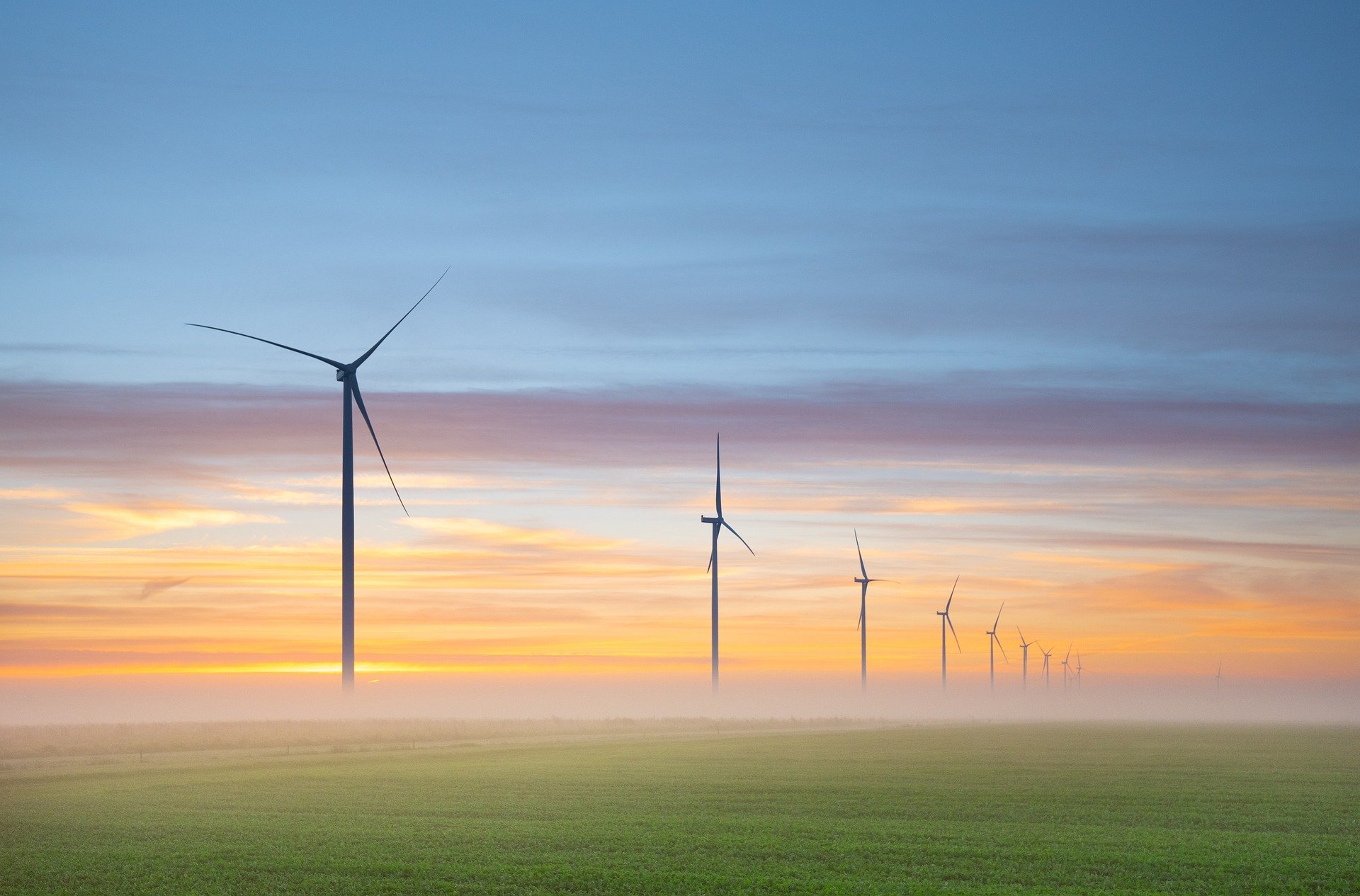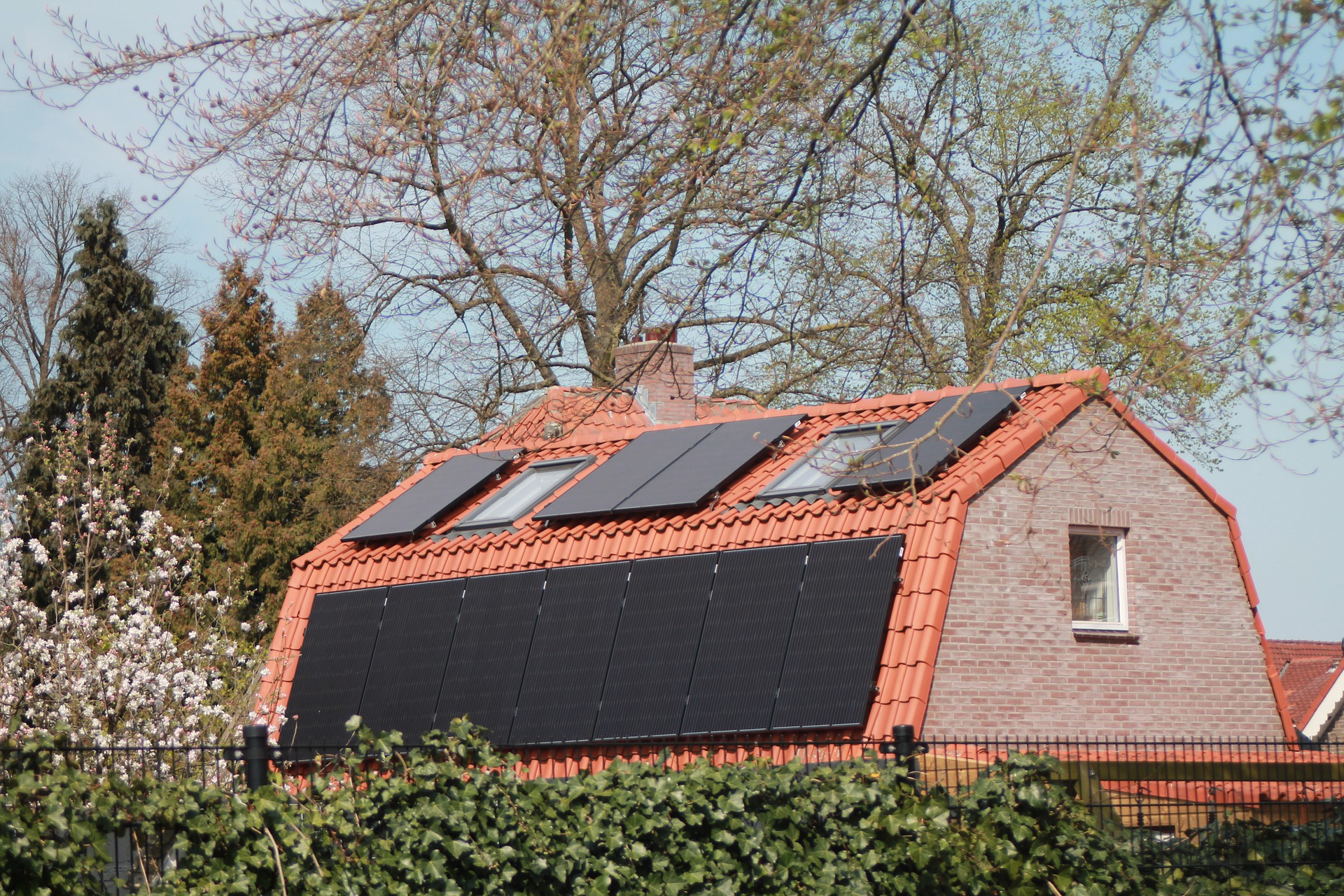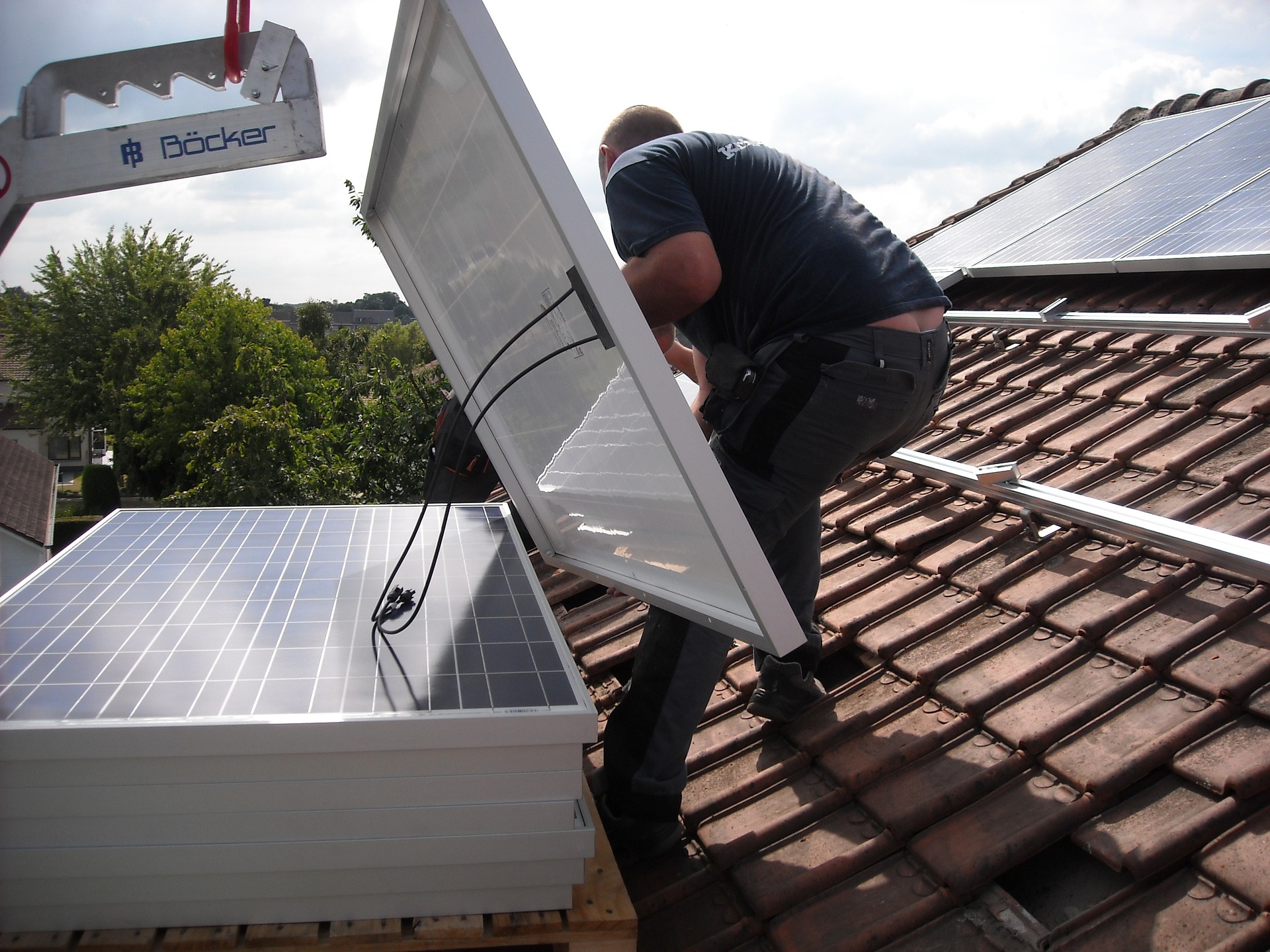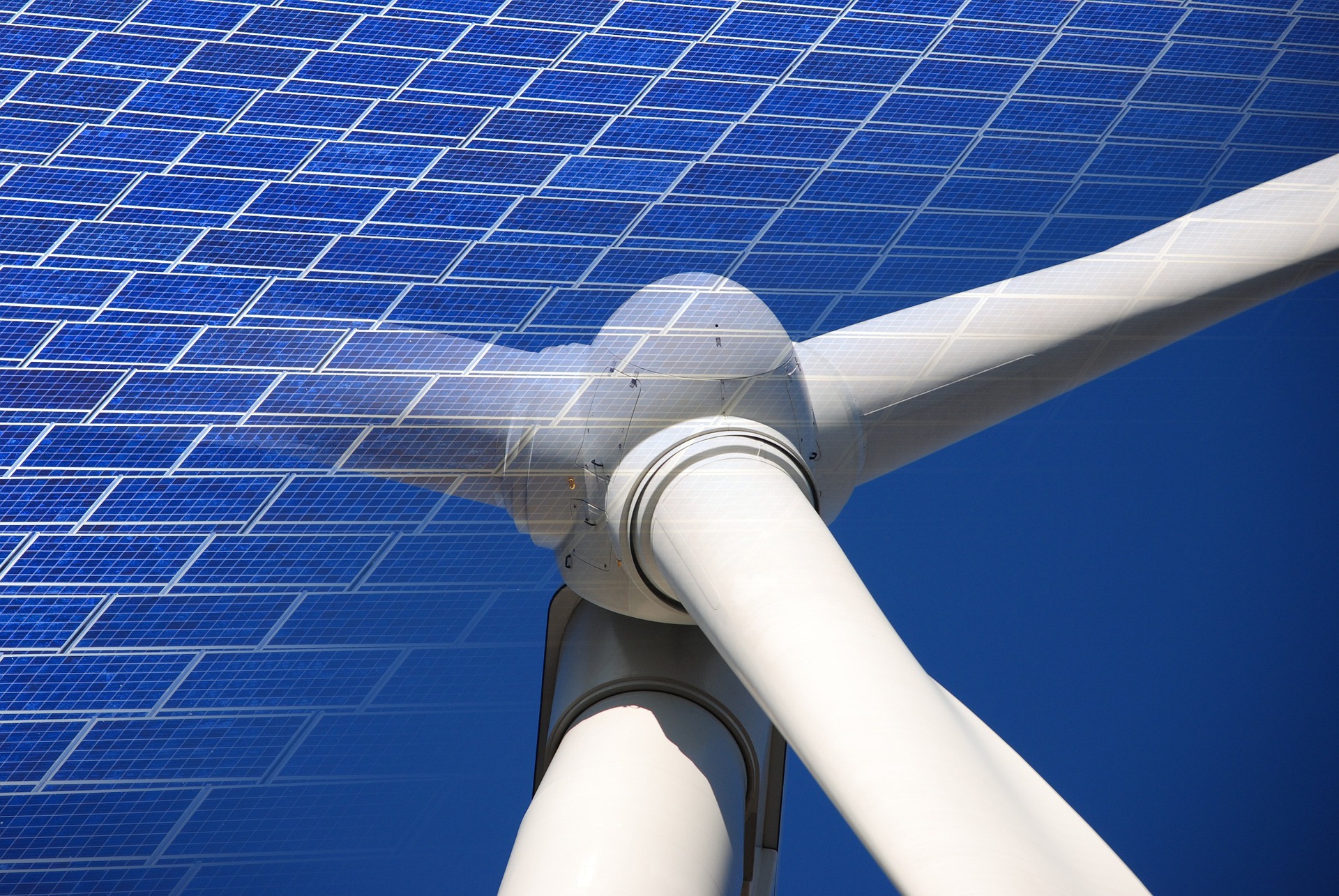A few weeks ago, we hosted a Twitter Chat to discuss ways you can improve your home’s energy efficiency. In advance of the event, we asked for your questions, and the response was greater than we anticipated. We weren’t able to get to them all, but with help from our residential energy efficiency experts — David Lee, Supervisor for the Residential Building Technologies Program, and Sam Rashkin, Chief Architect for the Residential Building Technologies Program — we are answering the questions that went unanswered. For more home efficiency tips and advice, be sure to explore the new EnergySaver.gov.
After home heating and cooling, what is the second largest area of energy consumption in the home, and how can I cut energy use in that area?
— from JasjeetHanjrah via Twitter
Water heating is the next largest home energy load after heating and cooling. The best way to reduce water heating energy use is to ensure your water heater’s thermostat is set to 120°F (you no longer have to set your water heater to a higher temperatures to sanitize dishes if your dishwasher has a booster heater). Improvements such as installing low-flow faucets and showerheads, and insulating hot water pipes will also help you save money on water heating. Finally, if the water heater needs to be replaced (water heaters typically last 10-15 years), choose an energy efficient model with a .67 energy factor (E.F.) or a tankless water heater with a .85 E.F. if you use natural gas as the fuel type. Another option for replacing your water heater is to install a heat pump water heater, which typically uses 50 percent less electricity to heat water than conventional electric water heaters. For more ways to lower your water heating costs, check out Energy Saver water heating tips.
My central air conditioning unit is about 12 years old and has a Seasonal Energy Efficiency Rating (SEER) of 10. Is it time to replace it, and what SEER should I look for?
— from Rick Ruggles via email
Most central air conditioning units last about 20 years. At 12 years old, your air conditioning unit is passing its mid-life point. Even if your air conditioner is only 10 years old, you may save 20-40 percent of your cooling energy costs by replacing it with a newer, more efficient model.
When replacing your central air conditioning unit, look for a SEER of at least 15. A variable speed air handler for new ventilation systems is best, but two-speed is still much more efficient than single speed. Ensure the unit has a thermal expansion valve, which maintains efficiency even with less than optimal refrigerant charge. If you live in a humid climate, make sure the sensible heat ratio is .7 or higher (this means the unit has good performance at high humidity). Of course, also make sure the unit is ENERGY STAR® rated.
In addition to purchasing an energy efficient unit, correct installation is critical to getting the performance you expect. First have the installer perform an industry-approved sizing calculation (e.g., ACCA Manual J and S). During the installation process, make sure the ducts don’t have any hard bends, kinks, or excessive lengths. Have the installer checks your air ducts for leakage and seal them if they leak more than 8 percent of the air conditioner’s airflow. Once the new unit is installed, have the installer verify the airflow across the coil and in each room. Learn more about replacing your air conditioner.
My home was built in 1915, and it has small windows in the foundation that are spaced 4 inches apart. What is the best way to seal these windows and minimize air leaks?
— from Sam Packard via email
The best way to seal your windows is to caulk the perimeter of the sash. If your windows are operable, install new gaskets to ensure a tighter seal, and if the windows are single-pane, consider adding low-emissity (also called low-e) storm windows. Our Savings Projects on caulking and weatherstripping provide step-by-step instructions on how to seal air leaks around your windows.
When doing laundry, I dry my clothes on a clothes line instead of in the dryer. How much am I saving by not using a dryer, and how does this savings compare to washing my laundry in only cold water?
— from Lisa Zelljadt via email
Using a clothes line instead of a dryer will save a lot of energy. It’s difficult to find hard numbers, but the Environmental Protection Agency’s ENERGY STAR website indicates the average family does about 300 loads of laundry per year. Pacific Gas and Electric’s website estimates that it costs about $.33-$.56 per load for gas dryers and about $.12-$.15 per load for electric dryers. Based on these numbers, hanging clothes on a clothes line will save you about $40-$45 (about 285-321 kWh of electricity) per year if you own an electric dryer and about $100-$170 (about 714-1,214 kWh of electricity) per year if you own a gas dryer.
Water heating consumes about 90 percent of the energy it takes to operate a clothes washer. Switching your temperature setting from hot to warm can cut energy use in half, and using cold water reduces energy use even more. Explore more ways to save energy when doing laundry.
My gas furnace is more than 20 years old. Is it time to replace it, and what efficiency rating is a good target?
— from Rick Ruggles via email
A furnace’s efficiency is measured by annual fuel utilization efficiency (AFUE), which is a calculation of how efficient the appliance is in converting the energy in its fuel to heat over the course of a typical year.
When a furnace is 20 years old, it is likely that its initial efficiency is very low (probably 78 percent or lower) and has significantly degraded with use. You could expect a good return on investment by installing a new 95 percent efficient condensing furnace. Expect even more savings if you choose a two-speed or variable speed system. Learn more about replacing your furnace.
I have heard about homeowners installing their own solar panels. Is this a task that I could do myself, and if so, what materials would I need?
— from DAJCJONES via email
There is a do-it-yourself solar hot water kit designed for homeowners, but it is an unglazed system with a very low solar fraction. Generally, the Energy Department recommends homeowners use professional solar companies to install a solar system. There are complexities with plumbing, freeze protection, water-proof roof-top installation, and controls that make it very difficult for homeowners to do it themselves. Learn how to start planning for home solar panels.
A furnace installer told me that the government is requiring furnaces have a fuel efficiency rating of 92.5 effective January 1, 2013. Our home is a teenager, and we expect to replace the furnace in a few years but would like to know what is happening with the new efficiency standards.
— from Von Rutter via email
The furnace installer you spoke to is correct; the fuel efficiency rating for furnaces is increasing. However, the new federal minimum energy conservation standard in the northern region is 90 AFUE starting May 1, 2013, and 80 AFUE in the southern region. The southern region includes Alabama, Arizona, Arkansas, California, Delaware, District of Columbia, Florida, Georgia, Hawaii, Kentucky, Louisiana, Maryland, Mississippi, New Mexico, Nevada, North Carolina, Oklahoma, South Carolina, Tennessee, Texas, and Virginia. Click here to learn more about the new furnace standards.





0 Comments